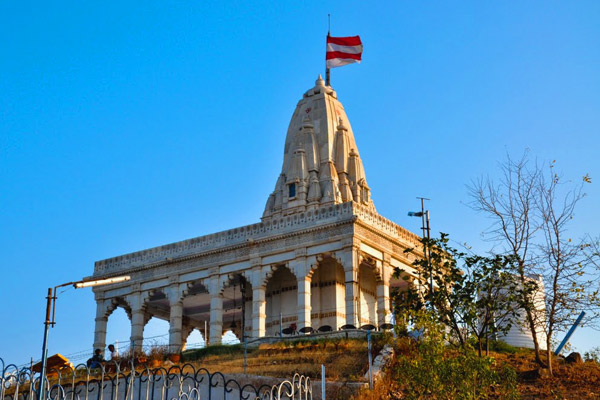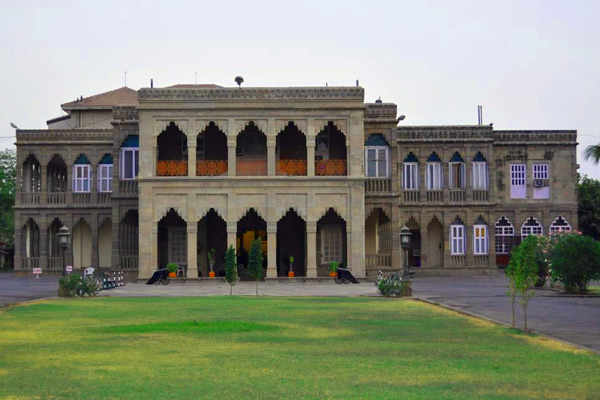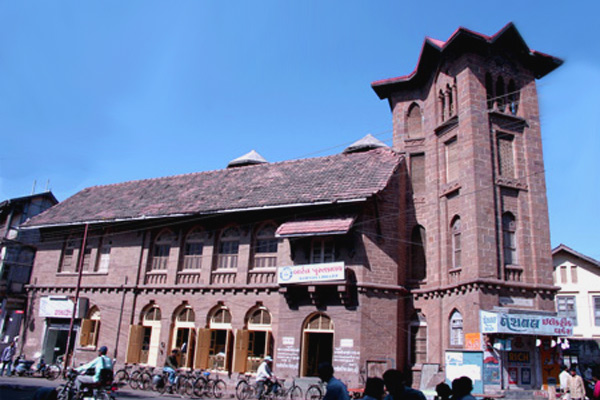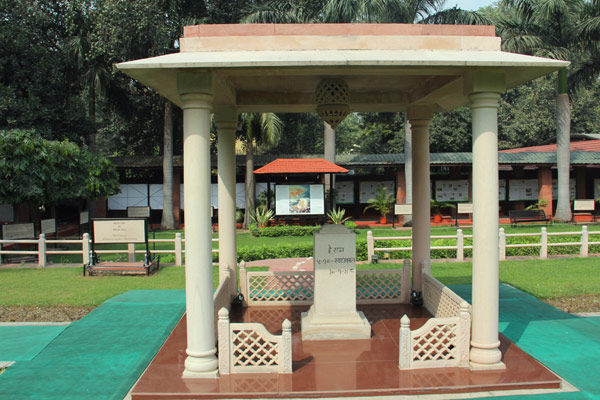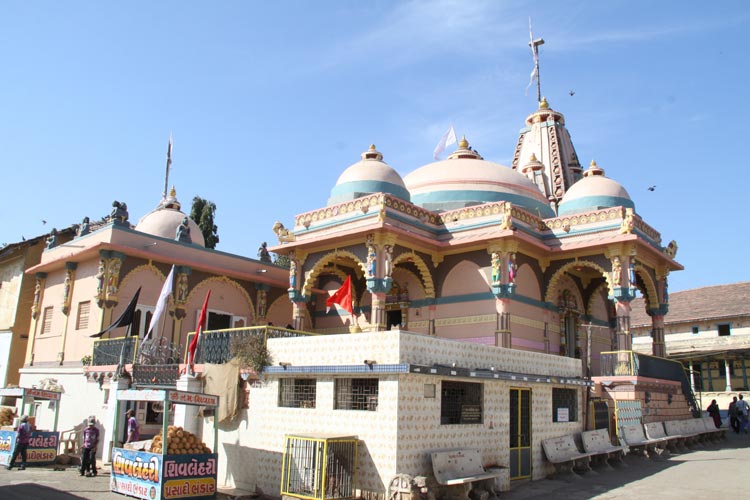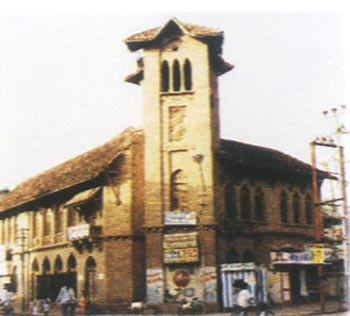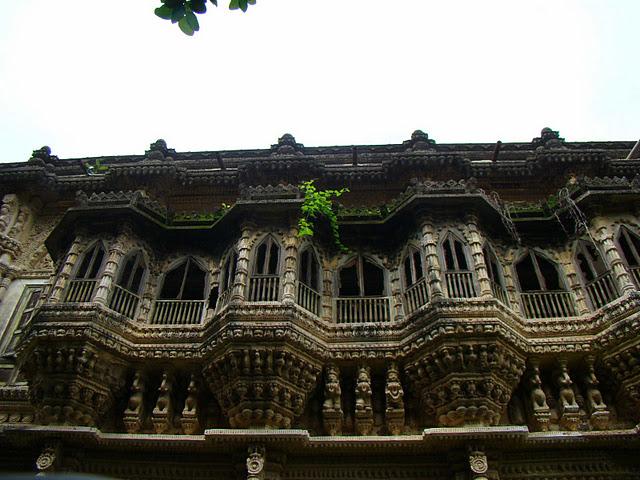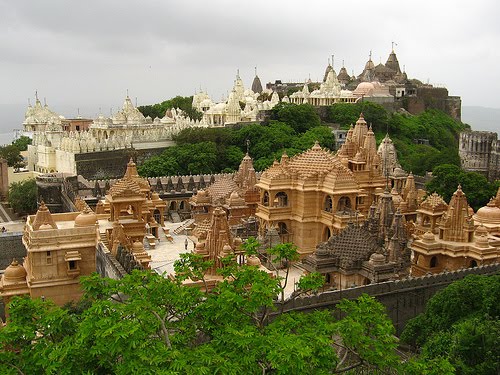Bhavnagar, The Gate way to the Jain temples
General Information
Common Name:-Other Name:-District:BhavnagarState:GujaratCountry:IndiaArea:0Language Spoken:Gujarati, Hindi, EnglishLong Distance Code:+91-79Importance:Best Time To Visit:October to February and -International Access:-Description:
Probably the most recent princely states of India, Bhavnagar was established by Bhavsinhji Gohil to escape the wrath of Maratha invaders. He shifted his capital from Sihor to Bhavnagar in the 18th century, with the twin objectives of taking advantage of the sea as a defensive measure and to secure the advantages of maritime trade. The selected a site near the coast came to be known after his own name as Bhavnagar. Bhavnagar is a natural port. The problems of siltation during the low tide has been solved by making a lock gate, which enable big ships to float during the low tide. The great patriot Mahatma Gandhi's attendance in the college here has given this town a special mention in his biography.Location:
Bhavnagar, on the southern side of the vast Gujarat state, has a vast coastline and districts of Ahemedabad, Rajkot and Surendranagar surrounding it.Climate:
-
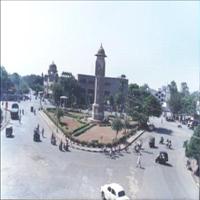 Right in the centre of the city, stands this tall monument, a clock tower with bells and music. It has a museum inside as memorial to Mahatma Gandhi with some rare photographs and his things on display.
Right in the centre of the city, stands this tall monument, a clock tower with bells and music. It has a museum inside as memorial to Mahatma Gandhi with some rare photographs and his things on display.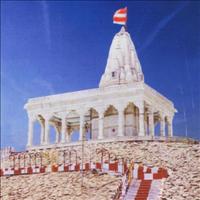
Made in Pure marble during the 19th century this temple on the hillock of Takhteshwar was the royal temple of the Bhavnagar kings. The serene environment and picturesque view add to the ambience of the temple.
 Gopnath is a beautiful beach retreat of the royal family. The bungalow build in colonial style of architecture and the seashore are worth a visit.
Gopnath is a beautiful beach retreat of the royal family. The bungalow build in colonial style of architecture and the seashore are worth a visit. One of the oldest libraries and museum of the Saurashtra region, it attracts old and young alike. Situated in the heart of the city, this oldest and renowned library of Saurashtra has evolved into a cultural centre. Housed in a spacious complex, its reading room attracts large number of readers who do not have access to various newspapers, magazines and periodicals. The coin-collection is the chief attraction of its museum.
One of the oldest libraries and museum of the Saurashtra region, it attracts old and young alike. Situated in the heart of the city, this oldest and renowned library of Saurashtra has evolved into a cultural centre. Housed in a spacious complex, its reading room attracts large number of readers who do not have access to various newspapers, magazines and periodicals. The coin-collection is the chief attraction of its museum. Before Bhavsinhji founded Bhavnagar Sihor was the capital of Gohil Rajputs. Excellent wall paintings depicting battle scenes, armies, cavalries, etc. are found in Sihor Darbargadh. The nearby Brahma Kund is known for its excellent quality of water.
Before Bhavsinhji founded Bhavnagar Sihor was the capital of Gohil Rajputs. Excellent wall paintings depicting battle scenes, armies, cavalries, etc. are found in Sihor Darbargadh. The nearby Brahma Kund is known for its excellent quality of water. A 56 kms drive from Bhavnagar takes you to the foot of Shatrunjaya hill of Palitana. One of the most revered pilgrimage centre for the Jains in India. With the Shatrunjaya River flowing to its south, making this place one of the most picturesque places of pilgrimage in India.
A 56 kms drive from Bhavnagar takes you to the foot of Shatrunjaya hill of Palitana. One of the most revered pilgrimage centre for the Jains in India. With the Shatrunjaya River flowing to its south, making this place one of the most picturesque places of pilgrimage in India.The sacred hill rises in a crescendo of magnificent temples - 863 in all - that soar in marble splendour to the top of the hill. The temples were built over an impressive span of 900 years with each generation of pilgrims making its contribution to the shrines of Shatrunjaya. Amongst all the Jain temples, Palitana temples are considered to be the most sacred. The most important temple is that of the first Tirthankar. The temples have fabulous collection of jewels. No one, not even the priests are allowed to stay in the temples overnight as they were supposed to be built only for the Gods as their abodes.
